VMware CEO: Broadcom Is ‘Super Excited’ About Our Partners
‘Obviously, the channel is a huge, huge part of what we do. And [Broadcom is] super excited about using that channel in the ways that we are doing today and growing from there, says VMware CEO Raghu Raghuram.
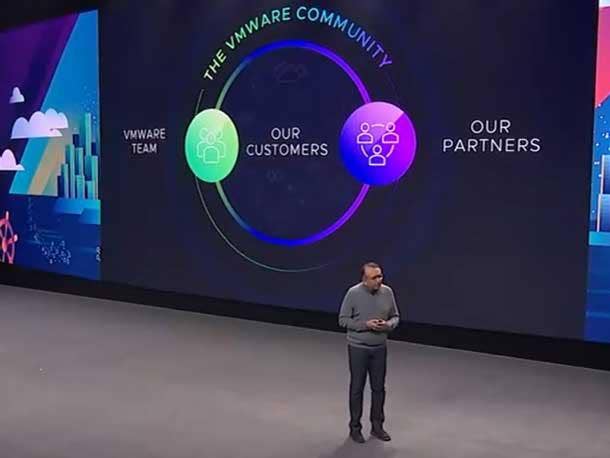
VMware CEO Raghu Raghuram said the acquisition of his company by chipmaker Broadcom is “on track,” with VMware employees working with Broadcom on understanding the product portfolio and looking at how to benefit from VMware’s channel partners.
“What I will say is Broadcom is spending this time understanding every aspect of the business,” Raghuram said Tuesday to a group of reporters and analysts during VMware’s Explore conference in San Francisco. “Obviously, the channel is a huge, huge part of what we do. And they are super excited about using that channel in the ways that we are doing today and growing from there.”
VMware Explore, formerly VMworld, gave the company a chance to announce major updates to its flagship compute and storage products with the debut of vSphere 8 and vSAN 8 as well as a new multi-cloud management offering called Aria. The company also announced expansions to its partnerships with Amazon Web Services, IBM, Microsoft and NetApp.
[RELATED: VMWARE PRESIDENT SUMIT DHAWAN TAKES ON BROADCOM DEAL, R&D AND PARTNER QUESTIONS]
What Did VMware CEO Raghu Raghuram Say?
The Palo Alto, Calif.-based virtualization and cloud vendor’s top executive used his keynote address at the vendor’s annual conference to give credit to partners and announce new products and updates from the virtualization and cloud vendor.
“From day one, VMware has of course solved customers’ problems with the help of the partners—30,000 partners strong, many of whom are on the expo floor this week,” Raghuram said Tuesday during his keynote. “Together, we are a force to be reckoned with.”
Here’s what Raghuram had to say during his question-and-answer session with reporters and analysts.
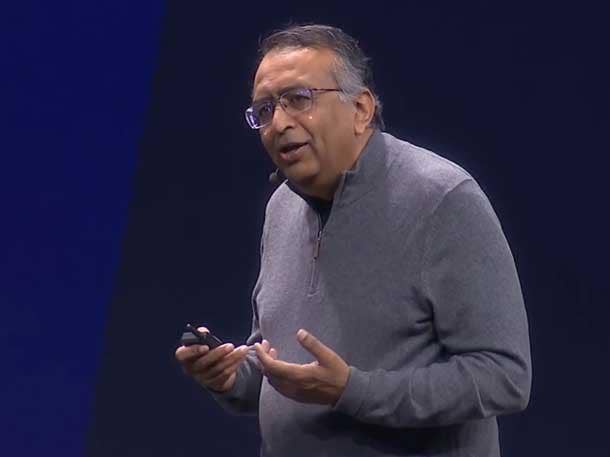
Update On Broadcom Acquisition
Things are on track there. We are going through all the regulatory approvals on the one hand.
On the other hand, we are working with the Broadcom team and helping them understand the depth and breadth of our business and product portfolio and they are super excited. … and so everything is on track.
And in the meantime, as we are required to, we are operating as a completely independent, stand-alone company with our own execution track and strategy and everything going on.
Broadcom expects the acquisition to close in their fiscal [year] ’23, which is November of this year to October of the following year. So we have plenty of time before the acquisition closes.
And so we‘ve got a lot of work to do every day taking care of our customers, building and shipping great products.
Broadcom Acquisition Effect On Partners
The appropriate timing is to talk about it after the close of acquisition, not at this time. What I will say is Broadcom is spending this time understanding every aspect of the business.
Obviously, the channel is a huge, huge part of what we do. And they are super excited about using that channel in the ways that we are doing today and growing from there.
So that’s where we are with respect to what we’re calling the discovery portion of the integration planning where they start to understand our business.
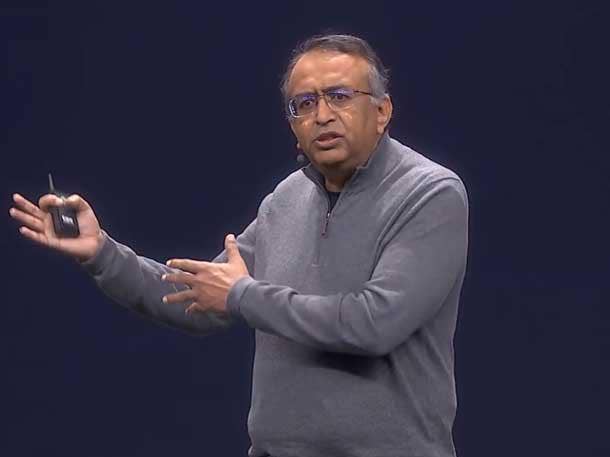
Message To VMware Partners
The overall message is the opportunities are bigger and broader and more strategic for our partners to go help our joint customers.
So if you think about it in the past, if you were a partner that grew up with us doing vSphere deployments, you are a fantastic partner.
Today, you could not even be touching just vSphere. You could be doing security or you could be doing Tanzu [VMware’s modular, cloud-native application platform], and you would be a great partner.
So if you’re an existing vSphere partner and you want to grow your business, you can grow across all of these portfolios … that we have. And you don’t have to be confined just to the data center. You can be participating in all of the spending and the problems that customers are facing in the cloud, for which they want help.
And we’ve got the products to help. So for the channel community, MSP, regular channel, you name it, it’s just a giant, new opportunity.
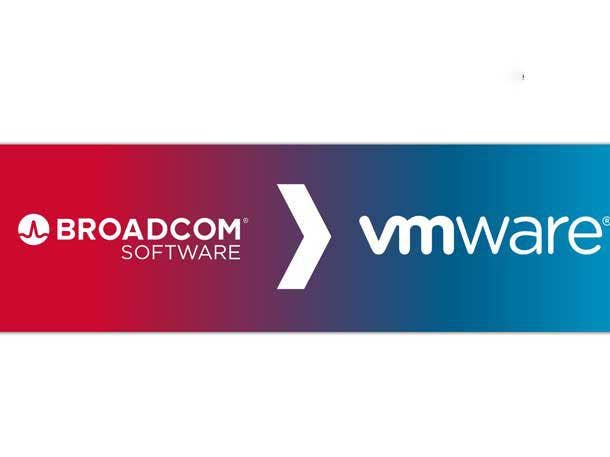
Broadcom Acquisition Effect On Customers, Employees
Any time any large transaction between two companies or in a large partnership, any of these things happen, there is going to be a bunch of initial questions and potential concern [about customers and employees]. … But over the last, I would say, it’s now nearly three months since the acquisition was announced—a lot of that has slowed down. Employees know what the road map ahead is.
And we have continuous collaborative communication and participation with our employees in understanding what’s going on. And so they’re all kept up to date all the time. And so I’d say they’re more or less focused back on the job at hand. You’ve seen all the work that they’ve done with respect to the products that are being announced today. And similarly on the customer.
And we’ve got—I don’t remember how many customers that are today attending this event, certainly over 10,000 registrants—so all of those customers, our sales teams are working with them. Our marketing teams are working with them to explain the products. It’s just business as usual after the initial news came about.
With respect to customers, I think it’s more of the same thing. Customers are very mature. They’ve been through lots of big company transactions before. And they’re seeing us execute every day. And they’re continuing on.
They understand that when Broadcom comes in and makes such a big acquisition, the very base business case, as Broadcom has stated, is in building and growing the portfolio of products that we have that are serving these customers. So they’re becoming more and more comfortable every day with what we are delivering and continue to deliver.
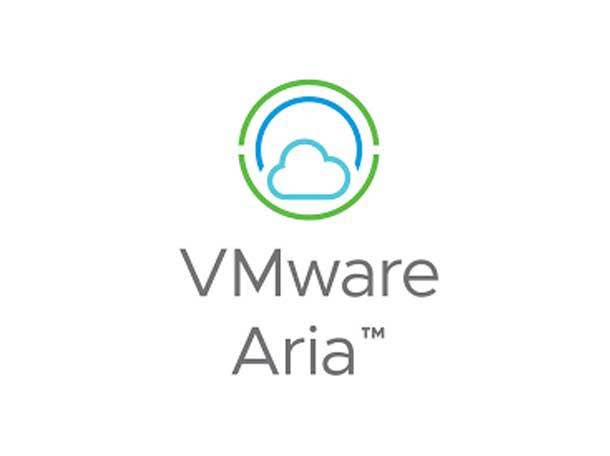
How Aria Works
So it pulls data. It runs in the cloud. The graph data structures themselves are maintained in the public cloud. And the two or three key points about the architecture. … Firstly, it pulls data using the public cloud APIs. There are multiple real-time … mechanisms that are possible on each of these public clouds to get the data from the public clouds and what is happening with the specific customers’ cloud resources.
So that’s one source. The second is, there is a federation model. So we don’t have to bring out all of the data into the graph, if you will. There is data that can reside in its local store, and we are able to federate. That’s one of the hard technical problems that we have solved.
And the third is, there is an industry-standard API that has become very popular. It was created by Facebook many years ago. It’s called GraphQL. And it uses a GraphQL model so you can query and figure out, OK, what is the schema.
Let’s say you want to understand the properties of a vPC. You can say, ‘Tell me about the properties of the vPC, and then actually the values—whatever telemetry that is produced around the vPC.’ … So those are the three key elements.
There is a federated data model. There is this graph that’s maintained in real time. And there is a universal query language, which is GraphQL.

On DPU Adoption
DPUs [data processing units] are just starting out. And, as we all know, anytime we want to introduce a new processor into a server configuration, it very often requires an architectural transition on that server. And all of the major OEMs are already planning that.
And so what you should see over the next year or so is the number of models that are starting to come about that will have DPUs, perhaps initially as an optional component, and then over time as a standard component.
And one of the reasons I said this is the architectural change for the next decade is this will take some time to roll out before it becomes ubiquitous. But we should start to see the changes happening over the next year.
Both AMD and Nvidia DPUs are shipping soon. And the hardware OEMs are starting to incorporate that.
On Edge And IoT
It is a very dynamic space—±it‘s just starting now—and over time is going to require hardware innovation, semi[conductor] innovation, as well as software innovation.
Just like we did at the data center, we will work with not just Broadcom but anybody else that’s producing chips or whether it’s networking or machine learning or core compute processing or security, which is going to be a super important edge application.
So anybody in that business, I would imagine them to bring their hardware, and Broadcom will be one of them. And we will be producing software for edge that takes advantage of all that.

On The Role Of CIOs, CTOs In Sustainability
In the past, it was solely either the optional interest of a CIO because they are personally interested or they are situated in a data center in some urban context or in an area where power rates were extremely high— quite simply, the power company could not deliver the amount of power that was required to drive the data center.
That was the picture when we first started. There’s been a fairly dramatic shift of multiple levels that have strengthened over the last two, three years.
On one level, it’s become a board [of directors] topic. For example, VMware produces an ESG [environmental, social and governance’ report. And that report is an annual report, of course.
But versions of it are discussed in our board committees during the year. So this is an ongoing topic. And we are not only board to do this—across the board and certainly in Europe and some of the other regions it has become more and more of a factor.
And then secondly, increasingly within the companies, employees care about this. And therefore, for the management of these companies, it’s super important.
And then thirdly, for the CIOs and CTOs, from a technology perspective, this matters a great deal. So there are a number of factors these days that are driving healthy prioritization of building on sustainable technologies. … In one of our current [releases], we are able to track power consumption per VM. … It’s already shipping.
So if you are a line-of-business owner, you can literally see how much power your business application is consuming. Not the data center, but your unique application. … This is a conversation we have very regularly with IT leaders.
And in fact, this capability that I just mentioned is something that they asked for and they’re welcoming. And there are other things that we plan to build as well.
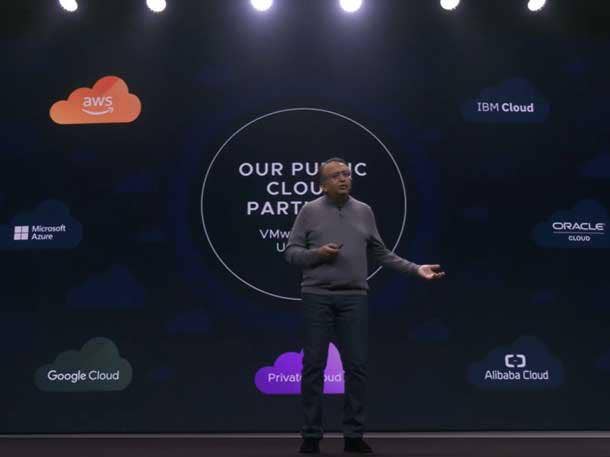
The Macro Cloud Spend
The public cloud is still averaging about a 30 percent growth. This might be slower than a 35 [percent] or 40 [percent], but it‘s still a pretty significant growth—No. 1.
No. 2, if you think about Aria or Tanzu, they‘re solving problems that exist today. Already, regardless of future growth.
In other words, when we walk into our customers, one of the first things they tell us is, ‘Hey, it’s too hard to build cloud-native applications. There’s a developer experience problem. And we’ve got applications running on native Kubernetes. And we’re having trouble managing them’ – or, ‘Our cloud spend is going up faster than we like.’
Those are problems that exist today. And those are the problems that we’re solving with our technology. The third thing is … customers ultimately are balancing what they would run on-prem, what they would run in the cloud, what they would run on the edge.
The beauty of Tanzu or Aria or NSX is it works across all of these things. So regardless of whether you intend to deploy your application on a cloud-native platform or a vSphere platform, the networking challenge will be solved by NSX.
The security challenge will be solved by NSX and Carbon Black [VMware’s cybersecurity subsidiary]. The management problem can be solved by cloud management technologies, such as Aria, and so on and so forth.
So we don’t see the macro cloud spend trend dramatically shifting with how customers can get benefit today from our products.
On VMware’s 5G Project With Dish
What we’re doing with [broadcast satellite provider] Dish is one of the most exciting things happening of any telco anywhere in the world. … They’re building the first end-to-end open RAN [radio access network]-based 5G architecture—adding on top of the virtualized platform—utilizing the edge, the data center and the cloud.
As they build the skills out, they will get great economic benefit as well as flexibility and speed benefit as well. That’s why they’re doing it.
And so far, the initial rollout has gone really well there. The target was to get to 20 percent of their intended coverage area by the middle of this year, and they hit their target.